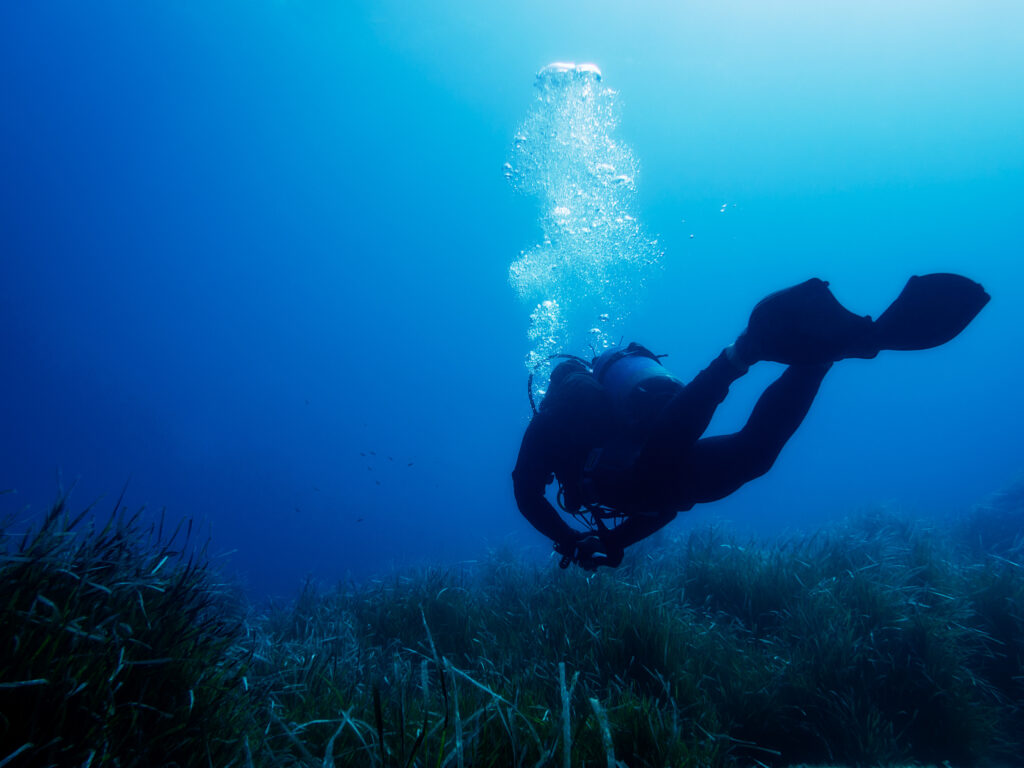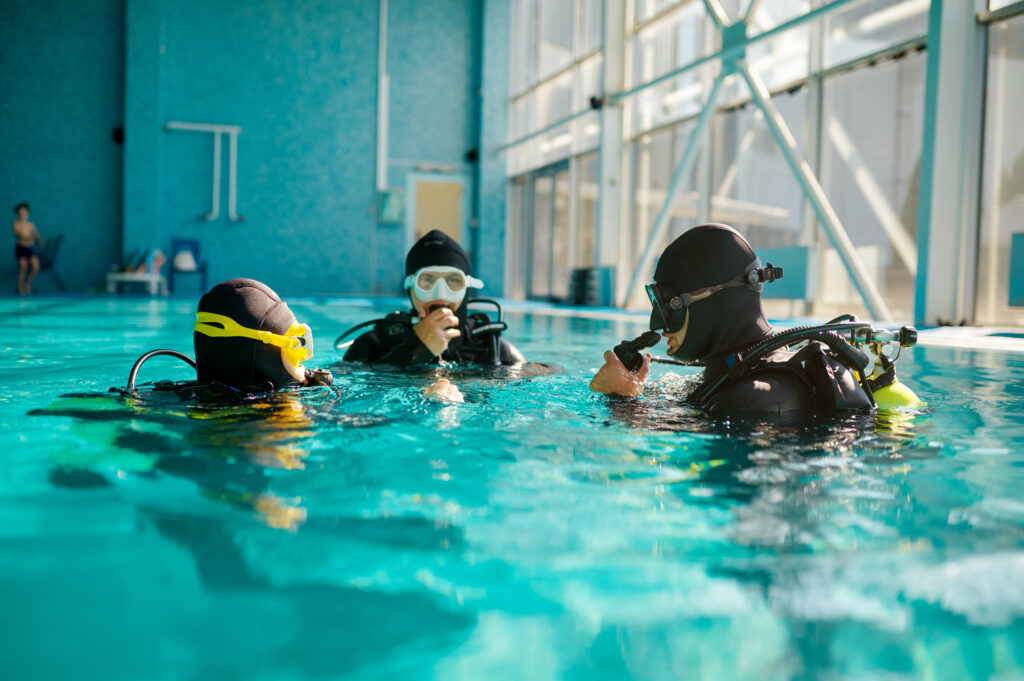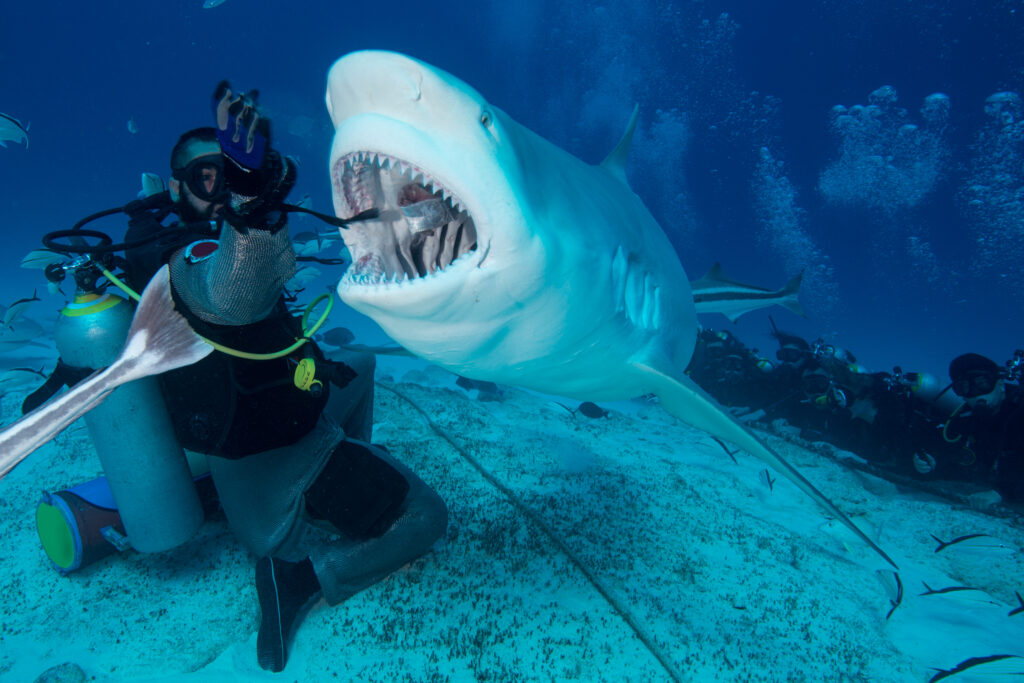What is Cavern Diving?

Cavern diving is a distinct form of scuba diving that involves exploring natural underwater caverns, allowing divers to experience the beauty and mystery of submerged cave systems. Unlike cave diving, where divers venture deep into the labyrinthine recesses of underwater cave networks, cavern diving stays within the sunlit zone, offering a safer and more controlled environment. Cavern divers do not stray far from the surface, ensuring they remain within a short distance of an emergency exit point. This sport attracts those fascinated by unique underwater formations, offering an adventurous alternative to traditional open-water diving.
What is a cavern in the context of diving?

A cavern, in the context of diving, refers to a semi-enclosed underwater area where natural light is still visible and the entrance remains within view. These formations often occur in rock, creating unique and accessible underwater environments for divers. Cavern diving involves the exploration of these partially enclosed spaces, distinct from full cave diving, where the entrance may no longer be visible and natural light does not penetrate. Cavern divers can enjoy the sensation of venturing into more confined underwater environments while still maintaining the safety net of knowing they can see their way out and rely on natural lighting to guide their orientation. This article will explore the history of cavern diving, its unique geological features, required training and equipment, and the essential guidelines for ensuring safety and responsible diving practices.
What is Scuba Diving?

Scuba diving is a recreational and professional activity where individuals explore underwater environments using self-contained underwater breathing apparatus (SCUBA) equipment. This equipment allows divers to stay underwater for extended periods, enabling them to experience marine life, shipwrecks, caves, and other submerged wonders. The ability to explore these otherwise inaccessible areas has made scuba diving a popular pursuit for adventure enthusiasts, marine biologists, and professional divers alike. Since its modern development in the 20th century, scuba diving has attracted millions of people globally, offering a unique blend of excitement, discovery, and tranquility beneath the waves.
What Are Gaseous Impurities?

What Are Gaseous Impurities? In the world of scuba diving, ensuring the purity of breathing gas is paramount. Gaseous impurities refer to any unwanted substances present in the air or gas mixtures used by divers. These impurities can include various gases that, if inhaled in significant quantities, pose serious health risks. Maintaining the highest standard […]
What is Mixed Gas?

Mixed gas, in the context of scuba diving, refers to breathing gases other than air, which are used to extend bottom time, reduce decompression obligations, and manage the risks associated with deep diving. These mixtures can include combinations of oxygen, nitrogen, helium, and other inert gases, tailored to specific diving conditions and depths. By using mixed gases, divers can safely reach greater depths and explore environments that would otherwise be inaccessible due to the limitations of breathing air alone.
What is a Lifeline?

A lifeline in scuba diving is a critical safety device designed to ensure the diver’s connection to a secure point, whether it be a boat, surface support, or another diver. This tether provides a physical or electronic means of communication and safety, offering reassurance and vital linkage in underwater environments. Given the potential dangers inherent in scuba diving, such as strong currents, poor visibility, and equipment failure, lifelines serve as essential tools for maintaining diver safety and facilitating effective rescue operations if needed.
What is a Gas Fraction?

In the context of scuba diving, a gas fraction refers to the proportion of each gas component within a breathing gas mixture. Understanding gas fractions is crucial for divers to ensure safe and efficient breathing under water. The significance of gas fractions cannot be overstated, as they directly influence dive planning, physiological effects on the body, and overall safety. By grasping the fundamentals of gas fractions, divers can make informed decisions that enhance their underwater experience while minimizing risks.
What is a Dive Table?

A dive table is a crucial tool in the practice of scuba diving, used to ensure divers can ascend safely without suffering from decompression sickness. These tables provide guidelines for how long a diver can stay underwater at various depths and the necessary surface intervals to avoid decompression sickness, also known as “the bends.” Dive tables are essential for maintaining diver safety, as they help manage the body’s intake and release of inert gases, such as nitrogen, which dissolve into the body tissues under pressure. By following dive table guidelines, divers can plan their dives to stay within safe limits, reducing the risk of injury from decompression.
What is Open Circuit Scuba?

Open circuit scuba diving is a method of underwater diving in which the diver breathes from a tank of compressed gas and exhales directly into the water. This system is contrasted with closed-circuit systems, where exhaled gas is recycled and re-breathed. Open circuit scuba is the most common and widely used system in both recreational and professional diving. It is valued for its simplicity, reliability, and the extensive training programs available to certify divers. The ease of use and availability of open circuit scuba equipment have made it a cornerstone of underwater exploration.
What is a Dive Operator?

A dive operator is a professional entity responsible for organizing and facilitating scuba diving activities for individuals and groups. Dive operators play a crucial role in ensuring safe, enjoyable, and educational experiences for both novice and experienced divers. They provide a wide range of services, including equipment rental, guided dives, training courses, and logistical support for dive trips. As central figures in the scuba diving industry, dive operators are essential for maintaining high standards of safety and environmental stewardship. Their expertise and resources enable divers to access and enjoy underwater environments that might otherwise be difficult to reach or navigate.
